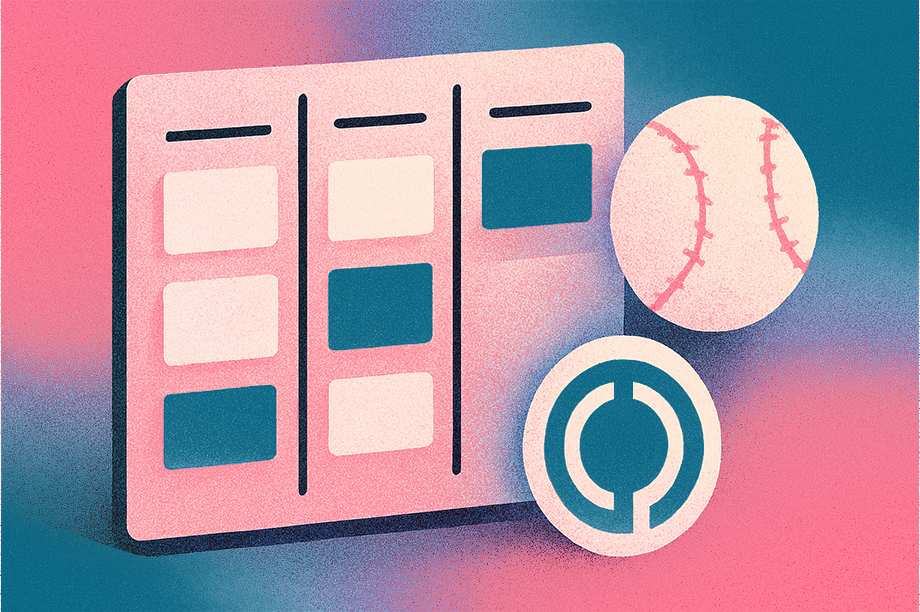
Insight | 01.17.25
Insight | 04.11.25

If you’ve ever cracked open a Statement of Work (SOW) and felt your soul leave your body, you’re not alone. SOWs are critical for defining the scope of a project, but they’re also dense, jargon-packed, and, let’s be honest, a little soul-crushing. As an agency, we thrive on collaboration across multiple disciplines—but that means translating a SOW into an actionable, digestible plan that all disciplines can understand. That’s where AI can be a huge help.
Working with Cortland Apartments, we faced a complex mix of deliverables when it came to their sponsorship with the Atlanta Braves: stadium digital assets, video production, physical signage, and message development that unified the Cortland and Braves brands. Managing these moving parts within the constraints of a real-world budget meant we needed an optimal way to prioritize, allocate resources, and ensure every hour counted. AI helped us do exactly that.
Traditionally, turning an SOW into a project plan required a painful process of manually combing through pages of details, highlighting key milestones, and cross-referencing dependencies. It was slow, inefficient, and left way too much room for human error.
By integrating AI into our workflow, we could instantly identify:
AI enabled us to prioritize high-impact deliverables, such as stadium digital assets and signage with game-day visibility, based on urgency and partnership impact. Its structured workstreams kept us focused on what mattered most, rather than playing catch-up.
Calling the Right Plays for Hours and Budget
Project management isn’t just about keeping tasks in order, it’s about making sure we don’t blow the budget. AI helped us estimate hours needed for each task based on actual historical data from our team, rather than industry benchmarks that don’t reflect real-world agency constraints. This meant we could:
This level of precision gave us a clear roadmap that balanced creative ambition with financial reality. AI didn’t just organize our tasks, it actively made sure our strategy was financially viable from day one.
Once we had the core details extracted and prioritized, the next challenge was ensuring every discipline—creative, strategy, media, development—was aligned and working from the same playbook. AI didn’t just stop at summarization; it powered our task management system by:
Instead of each department working in a silo and hoping everything lined up in the end, AI gave us a shared source of truth. No more guessing games, no more frantic Slack messages asking, “Wait, when is this due?”
By putting AI to work in project management, we didn’t just make life easier, we fundamentally improved how we deliver work. The biggest benefits?
AI didn’t replace our expertise, it amplified it. It turned a process riddled with inefficiencies into a well-oiled machine, freeing us up to focus on what really matters: delivering great work.
SOWs might still be a necessary evil, but with AI, they don’t have to be a productivity killer. By automating the extraction of key details, prioritizing high-impact deliverables, and aligning resources with budgets, we transformed the way we ran the Cortland x Atlanta Braves sponsorship.